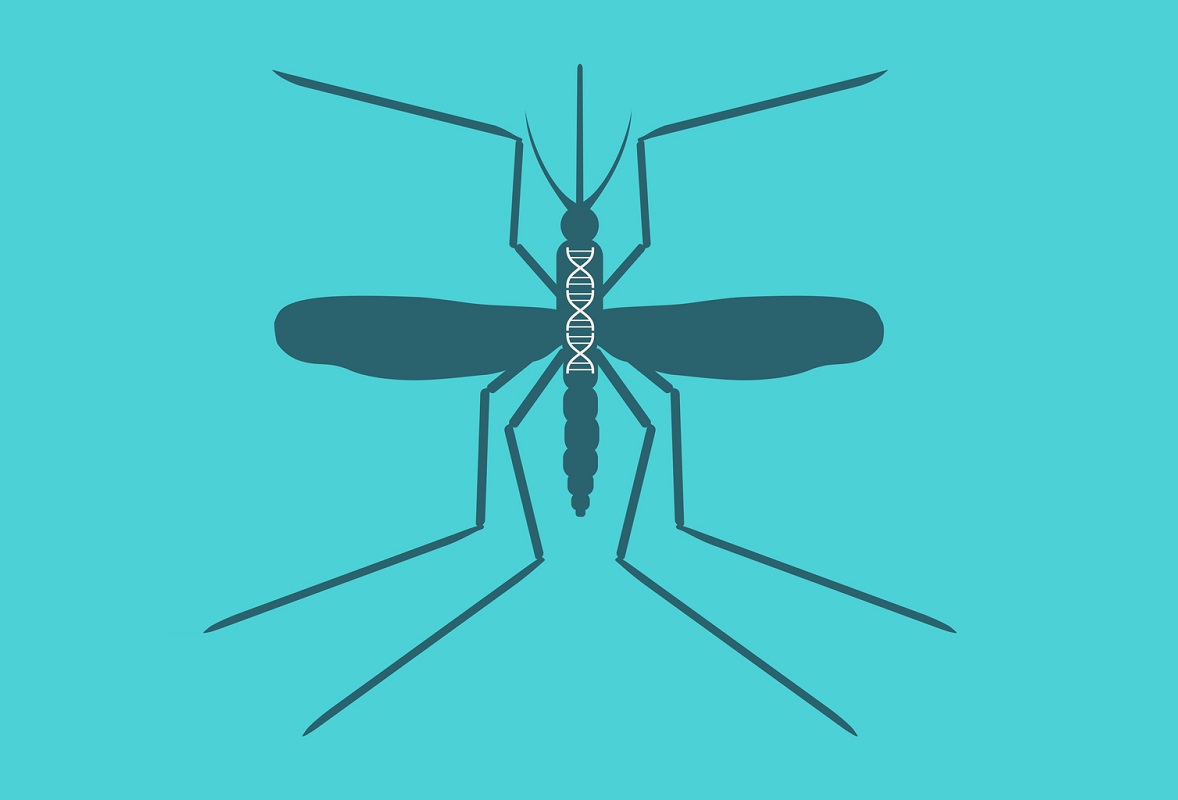What are the Different Types of Gene Drive?
| |
ISAAA Inc., the ISAAA Biotechnology Information Centers Network, and the Outreach Network for Gene Drive Research conducted the webinar Gene Drive Organisms: There is no one size fits all on May 19, 2022, via Zoom as part of the 2022 Gene Drive Webinar Series. This article provides an overview of the topics discussed during the event.

Gene Drive and Its Different Forms
Gene drive is loosely referred to as “a phenomenon whereby a particular heritable element biases inheritance in its favor, resulting in the gene becoming more prevalent in the population over successive generations” according to an article published in 2020 by the Proceedings of the National Academy of Sciences. Those involved in gene drive research have emphasized the need to clarify the terms pertaining to the technology to avoid the risk of hampering the field, confusing the public, and possibly losing a technology that may help solve some of the world’s most intractable problems in public health, conservation, and food security.
Dr. Alekos Simoni, Scientific Manager at the Polo Genomics, Genetics, Biology and a member of the Target Malaria consortium, further breaks down the definition of gene drive:
- It is a phenomenon of biased inheritance of a genetic element, or a gene, over the rest of the genome that leads to the increase of frequency over time.
- It is a genetic element, or the construct, that causes the process of biased inheritance.
- It is a tool to achieve a goal such as changing the population of target organisms.
According to Dr. Simoni, there are different types of gene drives, and here are some examples:
- Homing-based gene drive. This is the most common type of gene drive that is used to target essential genes or drive a cargo. The method is based on the homing process, a natural phenomenon that occurs in a cell. A gene drive nuclease is inserted within its own recognition site of the homologous chromosome of the organism. When the DNA is expressed, it induces a DNA cleavage that will be repaired by the cell. Once repaired, the cell can make copies of the chromosome with the gene drive in it. This has been used to effectively control mosquito populations in laboratory conditions.
- Sex distorter drive, or Y-drive. This is based on controlling the population by changing the balance between the sexes. In the case of mosquitoes, the population depends largely on the number of females. Thus, increasing the number of males by targeting the X-chromosome during male gametogenesis, generates male bias. This reduces the number of females that may lead to population suppression. It also decreases the ability of mosquitoes to transmit mosquito-borne diseases like malaria as only the female mosquitoes bite humans.
- Split drive. This is similar to a homing-based gene drive, but its components are not linked together and are split into two loci. When together, one component spreads while the other is inherited in the Mendelian fashion causing the gene drive to decline over time. This method is effective for gene drives that are meant for limited targeted populations controlled in short periods of time as it is spatially limited and threshold dependent.
- Maternal Effect Dominant Embryonic Arrest (MEDEA). This method is based on a toxin that is expressed from a maternal promoter and a zygotic antidote. When the gene drive spreads, it causes the death of the organism that does not have the construct since the toxin will kill any individual that does not contain the antidote. MEDEA is more challenging to construct due to its different components and it is difficult to transfer to other species as the toxin and antidote may work differently in different species.

Factors That Affect the Success of a Gene Drive
When choosing which method to use when developing and implementing gene drives, Dr. Simoni says it is best to consider the following:
- Efficacy. Gene drives are based on biased inheritance. The more biased the gene drive, the more efficient it is. Among the components of efficacy that determine the efficacy of the gene drive are the inheritance bases, its fitness cost, the efficacy of the cargo, the frequency of release or threshold, and release logistics.
- Persistence. Persistence is not equal to spread, but is how long the gene drive stays in the population.
- Localization. This is dependent on the gene drive’s application and scope of intervention. It is important to identify the type of gene drive that best addresses the objectives and best suits the target organism.
- Resistance. The main limitation of a gene drive is resistance. Its development in a population has the potential to stop the drive. Some ways to mitigate resistance is conserving the target site, multiplexing, and controlling the expression.
- Regulatory challenges. Gene drive is a novel technology with many types and applications. Thus, its risk-benefit analysis is recommended to be conducted in a case-by-case basis. This also requires regional regulations since gene drives can be deployed in wide areas.
- Stakeholders. Gene drives must be accepted by the public before any implementation occurs. Stakeholders who will be directly and indirectly affected by the technology must be informed. Misinformation must be countered with science-based communication efforts that promote public participation about the novel technology which, in turn, will encourage public acceptance.
Regulatory Considerations for Gene Drive
Developing policies without a common understanding of the terms and their definitions can become difficult and confusing. In the case of gene drive technology, not only should the terms be standardized but the diversity of the gene drive technology should also be considered when developing policies and regulations. This is according to Dr. Owain Edwards, Group Leader at the Environmental and Synthetic Genomics of CSIRO Land & Water.

There is no specific policy to regulate gene drives at the moment. However, there are precedents to regulating synthetic gene drives which can be applicable to the technology’s current advances. The existing, broad, generic frameworks that exist for other controlled technologies are suitable for new approaches since the questions that need to be addressed are common among all the controlled technologies, according to Dr. Edwards. He also emphasized that it is not recommended to develop a regulatory framework for gene drive as a whole due to its diversity, as one framework designed for a specific type of gene drive may not be applicable to another type. It is then recommended to use an established, generic, case-by-case regulatory assessment approach to cover the diversity of gene drives.
It is also important to engage all relevant stakeholders when developing regulations, as well as to learn from the past experiences of existing guidelines when it comes to public participation and stakeholder engagement. All who will be affected by the deployment of any type of gene drive must be informed about the technology through responsible science to foster acceptability.
Lastly, the likelihood of spread between territorial jurisdiction after deployment of the technology should be thoroughly examined for gene drive organisms. Gene drives can be implemented for insects that carry diseases like mosquitoes, and they can be also used for invasive species like rodents. Both scenarios cover large areas of implementation. Thus, these factors should be carefully considered too when crafting guidelines.
The presentations, recording of the webinar and other related information can be found in ISAAA Webinars. The next webinar on gene drive will be about the key considerations for risk assessments of gene drive technologies to be held on June 16, 2022. Subscribe to the Crop Biotech Update to learn more about the 2022 Gene Drive Webinar Series.
| Newer Post | Archive | Older Post |
Science Speaks is ISAAA Inc.'s official blog. Weekly blog articles, authored by ISAAA writers, partners, and invited contributors, aim to help share, disseminate, and promote scientific knowledge and its vital role in achieving global agricultural sustainability and development. Your support to Science Speaks will help us achieve this goal. You can help us by donating as little as $10.

